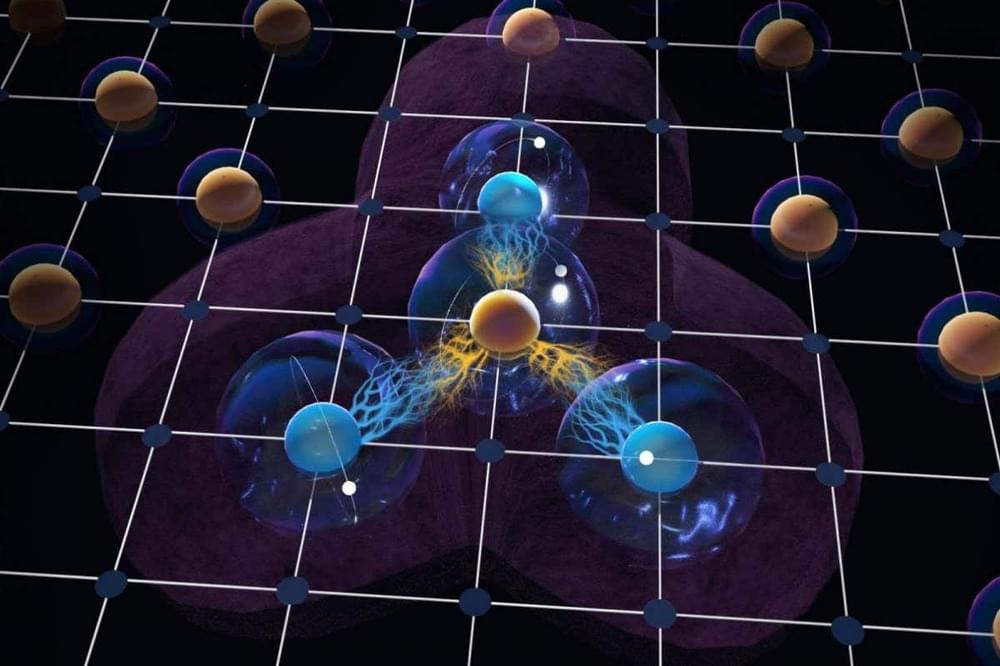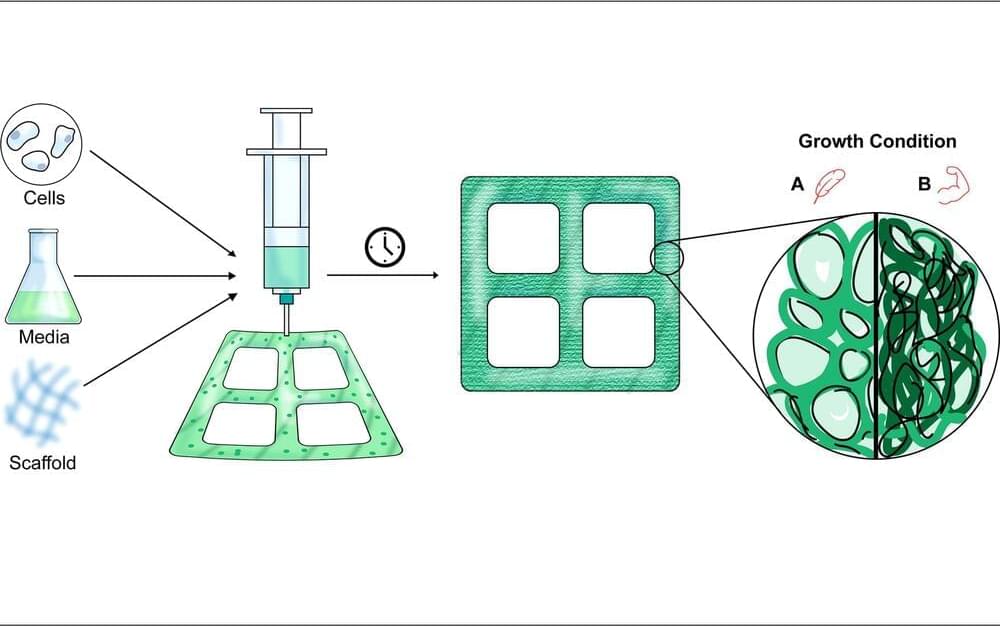Starliner’s path to success has been turbulent.
This flight has been a long time coming. It brings NASA one step closer to a goal it’s had for some years now: To rely on multiple private space companies to transport astronauts and supplies between the ground and the ISS. But Starliner’s path has been turbulent. For NASA, even if the ascent was a success, it was still well behind schedule.
This mission, evocatively named Orbital Flight Test 2 (OFT-2), launched on an Atlas V rocket from Cape Canaveral on May 19 and arrived at the ISS on May 21. The capsule received a warm welcome from the astronauts currently aboard the station: three Russians, three Americans, and Italian ESA astronaut Samantha Cristoforetti.
Over a decade ago as the venerable Space Shuttles entered retirement, NASA found itself without a mode of transport to the ISS. To remedy this, NASA bought its astronauts seats aboard Russian Soyuz flights — a time that seems so quaint today. Even as the agency found its hands empty, however, they were seeking aerospace companies to fill the void.





